Environmental Effects of Forestry
- August 16, 2024
- 0 comment
Forestry is crucial for sustaining our planet’s ecosystems, but its environmental impact is complex and multifaceted. From carbon sequestration and biodiversity preservation to soil health and water cycles, forestry practices influence various ecological processes. While responsible forestry can enhance environmental health, unsustainable practices may lead to deforestation, habitat loss, and ecological imbalances. Understanding these effects helps us navigate the balance between utilizing forest resources and maintaining environmental integrity.
What is Forestry?
Forestry is the science and practice of managing forests and woodlands for various purposes, including conservation, resource extraction, and recreation. It encompasses a range of activities from planting and nurturing trees to managing forest health and conducting research. Forestry aims to balance the ecological, economic, and social benefits of forests, ensuring they remain sustainable for future generations. It involves not only the cultivation and harvesting of timber but also the protection of forest ecosystems, wildlife habitats, and water resources.
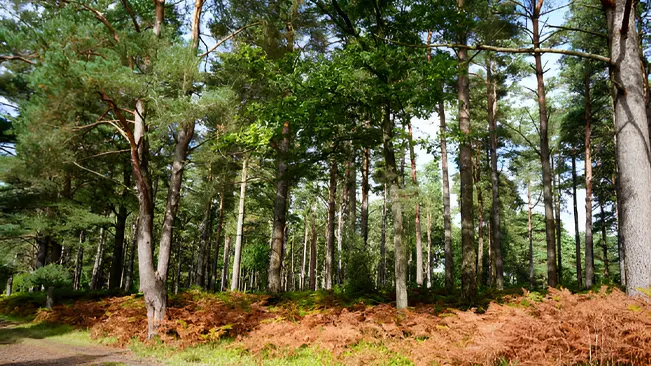
Modern forestry practices are guided by principles of sustainability and environmental stewardship. Professionals in the field use scientific knowledge to monitor forest health, address pest and disease issues, and implement management strategies that minimize environmental impact. They work with communities, governments, and organizations to promote sustainable land use and conservation efforts. By integrating traditional practices with new technologies, forestry contributes to biodiversity conservation, climate change mitigation, and the overall well-being of the planet.
Positive Environmental Effects of Forestry
Carbon Sequestration
Trees play a vital role in carbon sequestration, the process of absorbing carbon dioxide from the atmosphere and storing it in biomass and soil. As trees grow, they capture carbon through photosynthesis, converting CO₂ into organic matter. This carbon is stored in the tree’s trunk, branches, leaves, and roots. Forests act as significant carbon sinks, which helps reduce the overall concentration of greenhouse gases in the atmosphere. This process is essential for mitigating climate change, as forests can absorb large amounts of CO₂ and help offset emissions from human activities.

By sequestering carbon, forests contribute to climate change mitigation efforts on both local and global scales. Healthy, mature forests store more carbon compared to younger or degraded forests. Additionally, reforestation and afforestation projects enhance carbon sequestration potential by increasing forest cover. This not only helps to reduce atmospheric CO₂ but also supports global climate regulation, providing a natural buffer against climate extremes and altering weather patterns in positive ways.
Biodiversity Support
Forests are rich in biodiversity, offering critical habitats for a myriad of species. They provide food, shelter, and breeding grounds for wildlife, making them essential for maintaining ecological balance. Forest ecosystems support a wide range of flora and fauna, from the smallest insects and fungi to large mammals and birds. This diversity contributes to the resilience of the ecosystem, allowing it to adapt to changes and disturbances more effectively.

Examples of forest-dependent wildlife include the jaguar in tropical rain forests, which relies on dense forest cover for hunting and protection, and the northern spotted owl in temperate rain forests, which depends on old-growth trees for nesting. By preserving and managing forests sustainably, we protect these species and their habitats, ensuring that biodiversity continues to thrive and ecosystems remain healthy and functional.
Soil Health
Tree roots play a crucial role in maintaining soil health by preventing erosion and promoting stability. As roots anchor trees to the ground, they reduce the impact of rainfall on soil surfaces, thereby preventing the loss of topsoil. This root system also helps to bind the soil together, reducing the likelihood of landslides and maintaining soil structure. Additionally, fallen leaves and organic matter from trees decompose and contribute to soil fertility, enriching it with nutrients that are essential for plant growth.

Forests enhance soil fertility by cycling nutrients through the ecosystem. As trees shed leaves and branches, they add organic material to the soil, which improves its structure and nutrient content. This process supports a healthy microbial community, which further aids in nutrient breakdown and soil enrichment. By maintaining soil health, forests contribute to the productivity of the land and support agricultural and ecological systems.
Water Cycle Regulation
Forests play a pivotal role in regulating the water cycle by influencing both local and global water systems. They help maintain water quality by filtering pollutants and sediments through their root systems and forest floor. Trees also absorb and transpire water, which helps to regulate humidity and precipitation patterns. This natural filtration and regulation contribute to the health of rivers, lakes, and groundwater systems.

On a larger scale, forests influence global water cycles by affecting atmospheric moisture levels and weather patterns. Forests contribute to cloud formation and precipitation through the process of transpiration, where water is released into the atmosphere from plant leaves. This interaction helps stabilize local weather conditions and can influence regional climate patterns. By maintaining forest cover, we ensure the ongoing regulation of water resources and support the overall health of the planet’s hydro logical systems.
Negative Environmental Effects of Forestry
Deforestation
Deforestation, the large-scale clearing of forests for agriculture, urban development, or other purposes, has significant environmental consequences. When forests are removed, the carbon stored in trees is released into the atmosphere as CO₂, exacerbating climate change. This increase in greenhouse gases contributes to global warming and disrupts weather patterns. Moreover, deforestation eliminates critical habitats for many species, leading to biodiversity loss as plants and animals are displaced or driven to extinction. The loss of these forests not only affects local ecosystems but also has far-reaching impacts on global climate and ecological health.
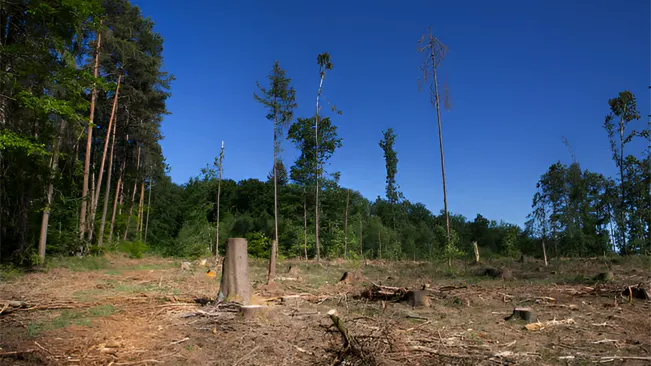
In addition to increasing carbon emissions, deforestation disrupts the delicate balance of ecosystems. Without the canopy of trees to regulate temperature and humidity, the environment becomes more susceptible to extremes. Soil becomes more prone to erosion, and water cycles are altered, leading to problems such as reduced water availability and increased flooding. The destruction of forests for agriculture or development undermines the ecosystem services that forests provide, highlighting the urgent need for sustainable land management practices to preserve remaining forest areas.
Habitat Destruction
Habitat destruction occurs when natural environments are altered or destroyed, often due to activities such as logging, agriculture, or urban expansion. This destruction has profound effects on wildlife populations, as it removes their natural habitats and disrupts their food sources, breeding grounds, and migration routes. The loss of habitat can lead to population declines, decreased genetic diversity, and increased vulnerability to diseases and predation. Species that rely heavily on specific forest environments are particularly at risk, and entire ecosystems can be destabilized as a result.

Case studies illustrate the severe impacts of habitat destruction. For example, the deforestation of tropical rain forests in Southeast Asia has critically endangered species like the Sumatran orangutan and the Malayan tiger, whose populations have plummeted due to habitat loss. Similarly, the clearing of temperate forests in North America has threatened the northern spotted owl, which relies on old-growth forests for nesting. These examples underscore the importance of protecting and restoring habitats to prevent species extinction and maintain ecological balance.
Soil Degradation
Soil degradation is a major issue resulting from over-harvesting and unsustainable forestry practices. Intensive logging and land clearing can lead to soil erosion, as the removal of trees and vegetation leaves the soil exposed to the elements. This erosion can wash away valuable topsoil, which is essential for plant growth and agricultural productivity. Furthermore, the disruption of soil structure and the loss of organic matter contribute to decreased soil fertility and increased susceptibility to further erosion and degradation.
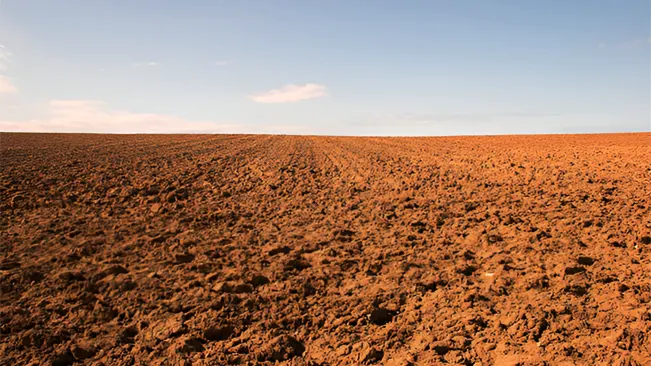
Long-term impacts of soil degradation include diminished land productivity and increased difficulty in rehabilitating affected areas. Degraded soils often require extensive and costly restoration efforts to rebuild fertility and stability. The impacts of soil degradation extend beyond the forest itself, affecting surrounding areas and communities by reducing agricultural yields, increasing the risk of landslides, and altering local water cycles. Addressing soil degradation through sustainable forestry practices and land management is crucial for maintaining soil health and ecosystem functionality.
Water Disruption
Logging and land clearing can significantly disrupt water flow and quality, with consequences for both local water bodies and surrounding communities. When forests are removed, the natural processes that regulate water flow are altered. Tree cover plays a critical role in intercepting rainfall, reducing runoff, and maintaining groundwater levels. Without this cover, increased runoff can lead to soil erosion, sedimentation of rivers and lakes, and higher risks of flooding. These changes can degrade water quality and disrupt aquatic ecosystems.
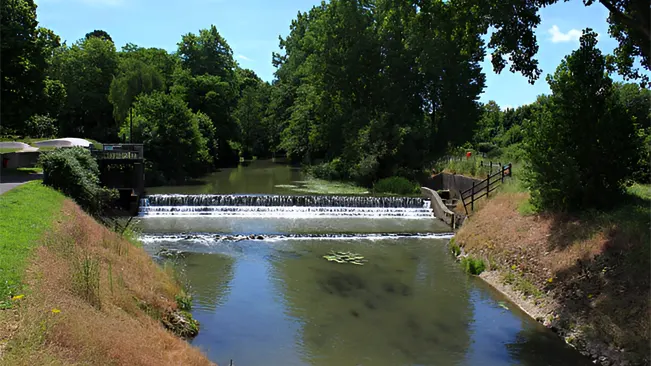
The consequences of water disruption are felt by communities that rely on these water resources for drinking, agriculture, and recreation. Increased sedimentation and pollution can harm aquatic life and reduce the availability of clean water. Additionally, altered water cycles can lead to reduced water availability during dry periods and increased flooding during heavy rains, impacting both human and ecological systems. Effective forest management and conservation practices are essential to mitigate these impacts and ensure the sustainability of water resources.
Sustainable Forestry Practices
Selective Logging
Selective logging is a sustainable forestry practice that involves the careful removal of specific trees while preserving the surrounding forest. This approach focuses on harvesting mature or economically valuable trees, leaving younger and less valuable ones to continue growing and maintaining the forest ecosystem. The benefits of selective logging include reduced soil disturbance, minimized impact on biodiversity, and the maintenance of forest structure and function. By targeting only a portion of the trees, selective logging helps ensure that the forest remains functional and capable of regenerating.
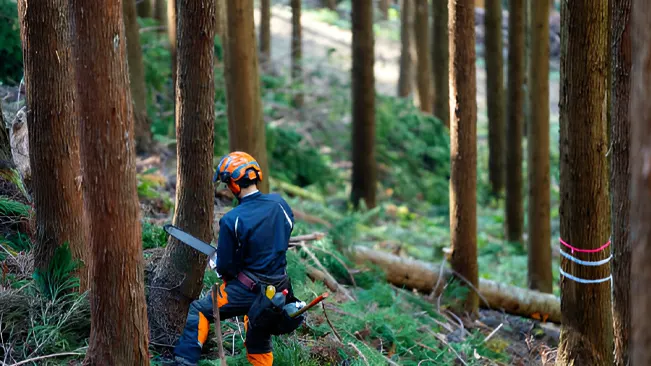
Successful examples of selective logging practices demonstrate its effectiveness in promoting sustainability. For instance, in the Amazon rain forest, selective logging has been implemented to reduce the impact on the rich biodiversity of the region. In Malaysia, the selective logging approach has been adapted to balance economic needs with conservation goals, leading to improved forest management and reduced deforestation rates. These practices not only help maintain ecological balance but also provide a model for how sustainable forestry can be integrated with economic activities.
Reforestation and Afforestation
Reforestation and afforestation are two key strategies for restoring and expanding forested areas, but they differ in their approaches and objectives. Reforestation involves replanting trees in a deforested or degraded forest area that was previously covered by forest. This process aims to restore the original forest ecosystem and its functions, including carbon sequestration, habitat provision, and soil protection. Afforestation, on the other hand, refers to planting trees in areas that were not previously forested, such as abandoned agricultural lands or urban areas. This strategy aims to create new forests and increase overall forest cover.
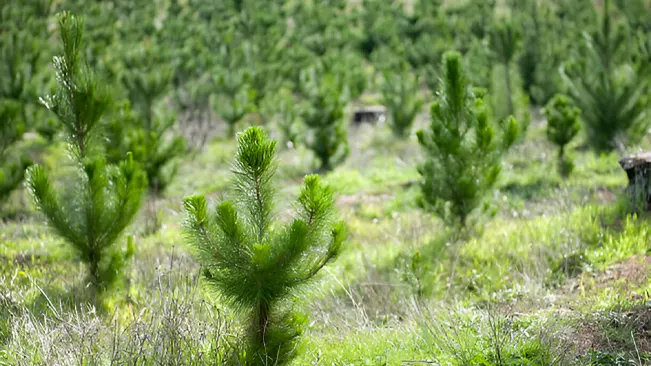
Both reforestation and afforestation offer significant environmental benefits. Success stories include the reforestation efforts in China’s Loess Plateau, where millions of trees have been planted to combat soil erosion and restore ecosystem health. Similarly, afforestation projects in Ethiopia have transformed degraded lands into thriving forests, providing ecological and economic benefits to local communities. These initiatives contribute to biodiversity conservation, climate change mitigation, and improved land productivity, demonstrating the positive impacts of expanding and restoring forested areas.
Community Involvement
Community involvement is crucial in sustainable forestry practices, as local knowledge and participation enhance the effectiveness and acceptance of forest management strategies. Engaging local communities ensures that forestry practices align with their needs and values, and it fosters stewardship and cooperation. Community members often have a deep understanding of local ecosystems and can provide valuable insights into sustainable practices, such as traditional forest management techniques and conservation priorities. Involving communities also helps build trust and encourages their active participation in monitoring and maintaining forest health.

Examples of successful community-led forestry initiatives include the Community Forestry Program in Nepal, where local groups manage forest resources to prevent illegal logging and enhance biodiversity. In the United States, the Collaborative Forest Landscape Restoration Program brings together stakeholders, including local communities, to develop and implement forest management plans that address ecological, economic, and social objectives. These initiatives highlight the importance of integrating local perspectives and expertise into forestry practices, leading to more effective and sustainable forest management outcomes.
Conclusion
In conclusion, the environmental effects of forestry are complex and multifaceted, encompassing both positive and negative impacts. On the positive side, well-managed forestry practices play a crucial role in carbon sequestration, support biodiversity, enhance soil health, and regulate water cycles. These benefits contribute significantly to climate change mitigation, ecosystem stability, and the overall health of our planet. However, the negative effects of unsustainable forestry, such as deforestation, habitat destruction, soil degradation, and water disruption, pose significant challenges that can undermine these benefits and lead to long-term ecological damage.
FAQs
- What is the impact of forestry on climate change?
Forestry can both mitigate and exacerbate climate change. Sustainable forestry practices, such as reforestation and selective logging, help absorb carbon dioxide from the atmosphere, reducing greenhouse gas levels and mitigating climate change. However, deforestation and unsustainable logging release stored carbon into the atmosphere, contributing to global warming. - How does deforestation affect biodiversity?
Deforestation leads to habitat loss, which can result in the decline or extinction of plant and animal species that depend on forests. It disrupts ecosystems, reduces species diversity, and affects ecological balance. Forests are home to a significant portion of the world’s biodiversity, and their destruction has profound impacts on wildlife populations. - 3. What are the benefits of selective logging?
Selective logging involves removing specific trees while preserving the overall forest structure. This practice reduces soil erosion, minimizes disturbance to wildlife habitats, and helps maintain the forest’s ecological functions. It also allows for sustainable timber production without completely clearing the forest. - What is the difference between reforestation and afforestation?
Reforestation is the process of replanting trees in areas where forests have been previously cut or degraded. Afforestation involves planting trees in areas that were not previously forested, such as abandoned farmland or urban spaces. Both practices aim to increase forest cover, improve ecosystems, and enhance environmental benefits. - How does forestry impact soil health?
Forestry practices can impact soil health positively or negatively. Sustainable practices, like selective logging, help prevent soil erosion and maintain soil fertility. Conversely, unsustainable logging and land clearing can lead to soil degradation, erosion, and loss of soil fertility, affecting land productivity and ecosystem health. - Why is community involvement important in forestry management?
Community involvement is crucial because local knowledge and participation enhance the effectiveness and acceptance of forestry practices. Communities often have valuable insights into local ecosystems and traditional management techniques. Engaging them in decision-making helps ensure that forestry practices meet local needs and promote long-term sustainability. - What are some successful examples of community-led forestry initiatives?
Successful community-led forestry initiatives include Nepal’s Community Forestry Program, where local groups manage and protect forests, and the Collaborative Forest Landscape Restoration Program in the United States, which involves various stakeholders in developing and implementing forest management plans. These initiatives demonstrate the benefits of incorporating local knowledge and collaboration in forestry management. - How does forestry affect water cycles?
Forests play a key role in regulating water cycles by maintaining water quality and influencing local and global water patterns. Trees help absorb rainfall, reduce runoff, and maintain groundwater levels. Deforestation and land clearing can disrupt these processes, leading to increased runoff, sedimentation, and altered water availability. - What measures can be taken to mitigate the negative effects of forestry?
To mitigate the negative effects of forestry, it is essential to adopt sustainable practices such as selective logging, reforestation, and afforestation. Implementing effective forest management strategies, enforcing regulations, and involving local communities in decision-making can help reduce environmental impacts and promote forest conservation. - How can individuals contribute to sustainable forestry?
Individuals can contribute to sustainable forestry by supporting organizations that promote forest conservation, making informed choices about timber and paper products, participating in local reforestation efforts, and advocating for policies that protect forests. Personal actions and awareness can collectively support broader sustainability goals.

Joel Cunningham
Forestry AuthorI'm Joel Cunningham, an expert in pruning and weed management with over a decade of experience. My skills are rooted in formal training and extensive practice, focusing on advanced pruning techniques and efficient weed control. I'm known for my quality work, precision, and deep understanding of plant health and soil dynamics. My contributions extend to educational initiatives where I share sustainable practices and advice, establishing myself as a reliable and authoritative figure in the gardening community.




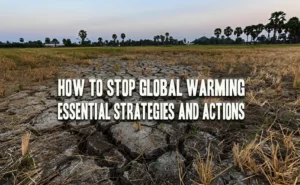




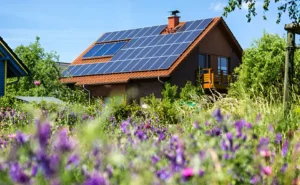



Leave your comment